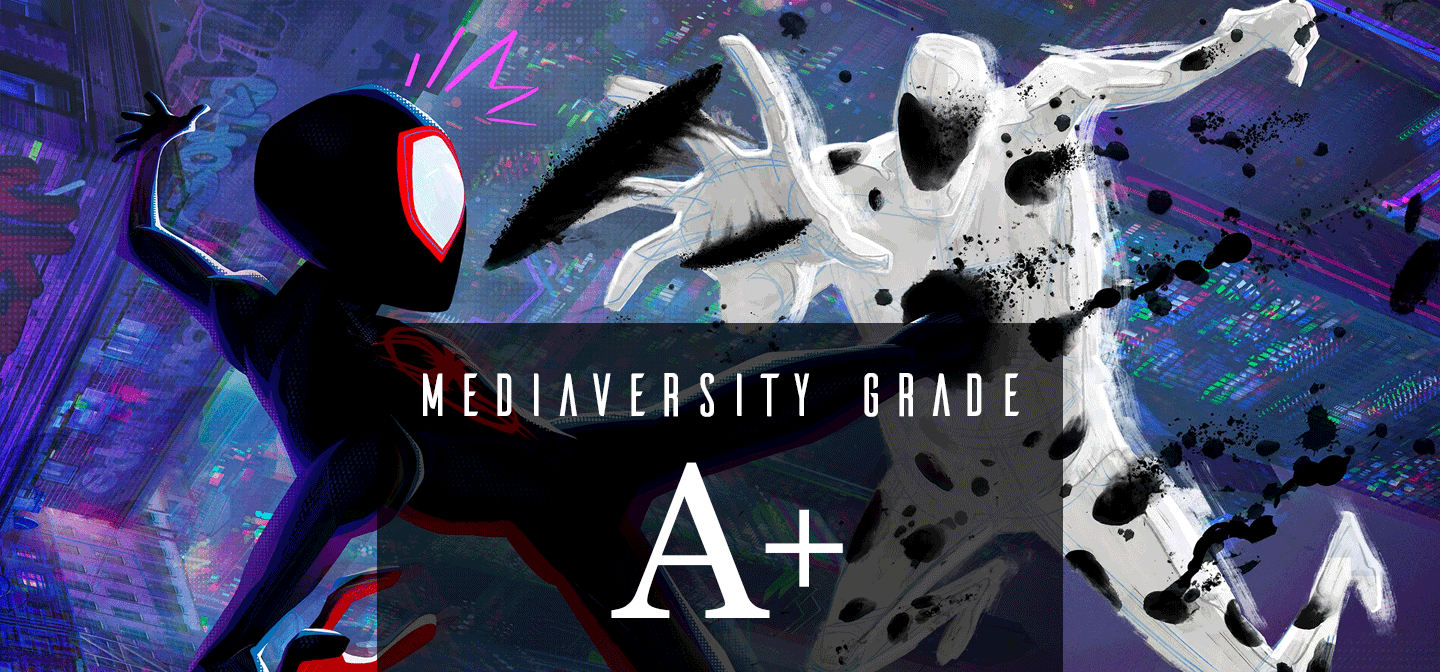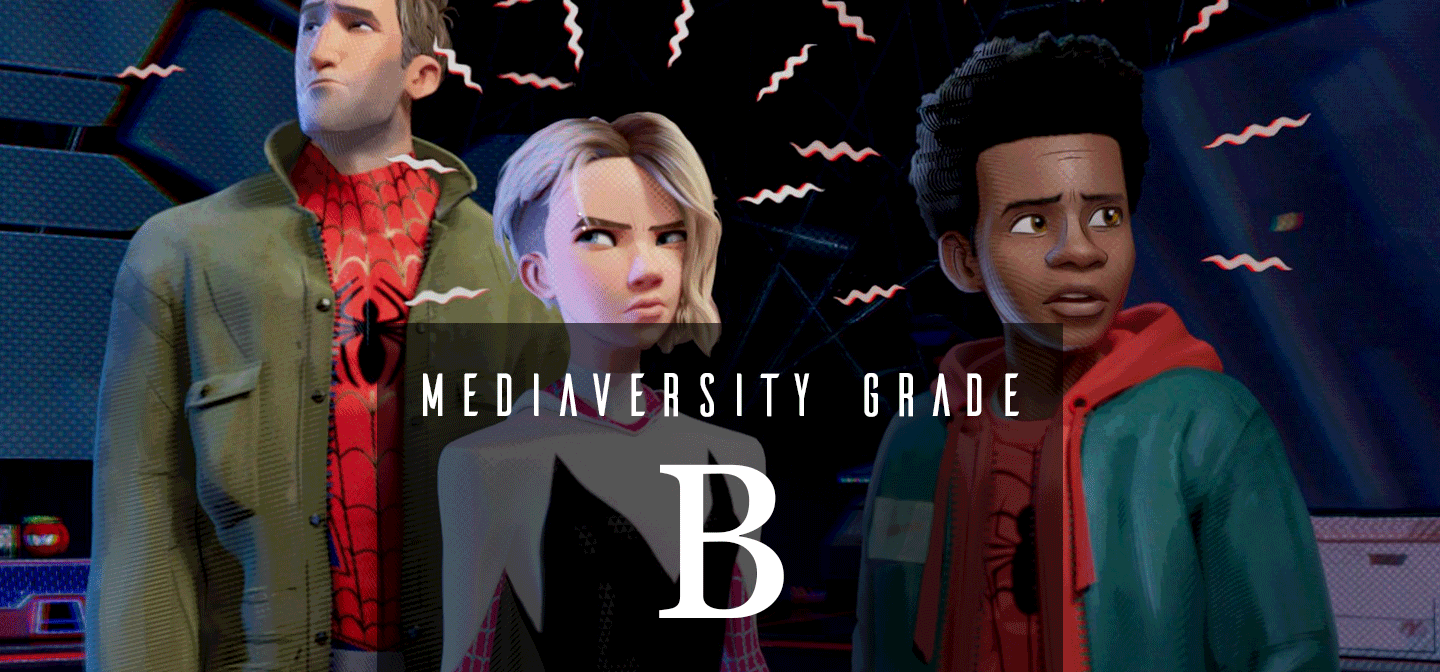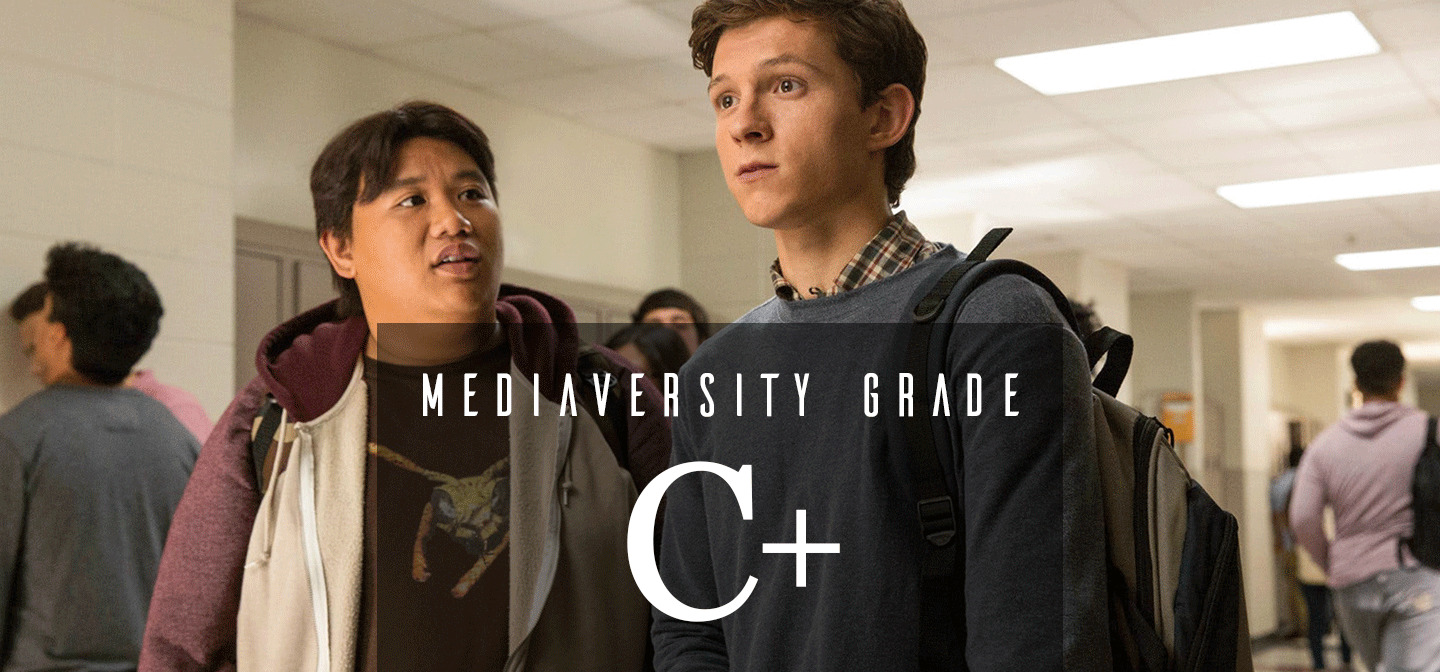Spider-Man: Across the Spider-Verse
“Gwen takes on a larger role in Spider-Man: Across the Spider-Verse.”
Title: Spider-Man: Across the Spider-Verse (2023)
Directors: Joaquim Dos Santos 👨🏼🇵🇹🇺🇸, Kemp Powers 👨🏾🇺🇸, and Justin K. Thompson 👨🏼🇺🇸
Writers: Phil Lord 👨🏼🇺🇸, Christopher Miller 👨🏼🇺🇸, and Dave Callaham 👨🏻🇺🇸
Reviewed by Elaine 👩🏻🇺🇸
Technical: 4.75/5
I know 2023 is the year of the tenth Fast and Furious movie and Martin Scorsese’s latest epic (which reportedly clocks in at 3 hours and 23 minutes), but Spider-Man: Across the Spider-Verse was hands down my most anticipated film of the year. It also seemed doomed to carry out the typical sequel blunder of over-bloatedness. At 2 hours and 20 minutes, it’s now the longest existing animated film with a whopping 240 characters across six universes. Cue cinematic fatigue: Do we need another Spider-Man movie? Or another superhero movie at all? Do we really need another multiverse to learn about? But I’m happy to say that Miles Morales has come through with a resounding yes to all three questions.
Across the Spider-Verse picks up not too long after Into the Spider-Verse, now with Miles (Shameik Moore) more comfortable in his skin as his universe’s Spider-Man. With that established though, the sequel expands Miles’ world, going beyond the typical challenges Spider-People face of balancing their hero and real lives. Across the Spider-Verse eschews the usual binary of good vs. evil, as Miles considers his own responsibility in bringing harm to others despite his best intentions. He’s not alone either, as the film interrogates the conventional archetypes of heroes and villains alike.
But while Across the Spider-Verse deftly juggles such weighty concepts, it still manages to be fun. Joy bursts through each frame, and the story is brought to life by intelligent writing, a vibrant and talented cast, and stunning animation. We experience the gorgeous watercolor impressions of Spider-Gwen (Hailee Steinfeld), the anarchist magazine aesthetic of Spider-Punk (Daniel Kaluuya), or in a scene borne of the movie’s true spirit of rewarding passion: the hilarious Lego Spider-Man bit, animated by Preston Mutanga, a 14-year-old hired after he created a Lego version of the Spider-Verse trailer.
Across the Spider-Verse’s attention to detail is what really allows these numerous bombastic styles to thrive without becoming that fro-yo mishap of putting too many of your favorite ingredients into one dish. For those in the know, it has Spider-cameos galore, but rather than becoming a dull parade of fan service, each Spider-organism adds to the story.
Daniel Pemberton’s incredible score also bolsters each thoughtful detail. The soundtrack fuses Italian opera with Spider-Gwen’s theme when she fights a villain who looks like he’s been ripped from a Leonardo Da Vinci sketch, and bumps along with Indian instruments in the Spider-Man India sequence. Across the Spider-Verse truly capitalizes on what is one of animation’s biggest strengths: the ability to control every single thing that happens in a frame.
The movie goes big and doesn’t go home entirely; it is, after all, the first of a two-parter, and we can’t say for certain whether it’s completely stuck the landing until we conclude the story. However, it’s appropriate that a sequel this ambitious is about Miles growing beyond his abilities in the first film and the limitations that others put on him. Across the Spider-Verse is the same: despite my doubts on what it could handle as a sequel, it’s created its own unique and vital story.
Gender: 5/5
Does it pass the Bechdel Test? YES
Spider-Gwen takes on a larger role in Across the Spider-Verse, and we even start the movie in her universe, with its riotous punk rock beats and splashes of color. Constructed from Gwen’s point of view, the specific hues hearken back to her comic book run and the colors for each scene directly reflect Gwen’s feelings. Although we touch on a possible romance between Gwen and Miles, it’s never the focus of her arc. Instead, we see a mutual respect and love that’s grown out of their friendship from the first movie.
In fact, Gwen serves as a foil for Miles. She emphasizes Across the Spider-Verse’s themes of how much we’re influenced by our surroundings and the people around us. Like Miles, she has a cop for a father, but one who is her adversary rather than supporter. She makes different choices for herself than Miles does, but as a fully-formed character, these choices make sense. Her complexity makes her arc that much more satisfying and believable.
Along with Gwen, we have Jessica Drew aka Spider-Woman (Issa Rae) who becomes a mentor for Gwen. She also serves some much needed representation as a Black pregnant woman who’s often the one riding in on her motorcycle to save the day. Although she generally supports another Spider-Man, Spider-Man 2099 (Oscar Isaac), she often counters his orders with her own reasoning.
Race: 5/5
We talked in our Into the Spider-Verse review about Miles’ role as a Afro-Latino superhero and how his culture was expertly contextualized. Miles is very much the combination of his loving parents—his African American father and Puerto Rican mother. Into the Spider-Verse featured Miles expressing himself through hip-hop and street art, and we get to see a little more of Rio Morales (Luna Lauren Vélez), Miles’ mother, in Across the Spider-Verse. When his parents find out he got a B in Spanish class, a Puerto Rican flag pops up from her snapped fingers before she unloads her disappointment in Spanish. But more than just what he eats, or the Spanglish he speaks, Miles is immersed in his city. Despite the titles of the latest live-action Spider-Man movies Homecoming (2017), Far From Home (2019), and No Way Home (2021), they never gave Tom Holland’s Peter Parker an actual sense of home. Miles, on the other hand, has his first Across the Spider-Verse fight in a Brooklyn bodega. He traverses courts where a pickup game of wheelchair basketball is going on, and let’s not forget when he and Gwen sling their way around in an ode to their friendship and the city.
Across the Spider-Verse takes this to other characters: We have Pavitr Prabhakar (Karan Soni), or Spider-Man India, who protects Mumbattan in his dynamic sequence, based off of Indian Indrajal Comics of the 1970s. While Miles and Gwen steal a hotdog in their aforementioned free-for-all, Pavitr takes food from a street vendor. His fights are accompanied by sound effects in Hindi, and he uses a Kada with his webs. The production team worked with visual consultant Naveen Selvanathan, who explains:
We drew inspiration from various art forms existing in India, ranging from Theyyam and Yakshagana dancers, temple architecture, henna patterns, and contemporary Indian fashions … we did not go for obvious choices but did quite a bit of research to come up with all the cool cultural references, deep from within India. As an Indian, I feel lucky to have been a part in designing this character.
Bonus for Disability: +0.25
While Miles is fleeing the Spider Society Headquarters, Sun-Spider (Danielle Perez) joins in the fray. A Spider-Person who not only shoots webs out of her crutches, she also cracks a bad pun about it (in true Spider-Man style).
Sun-Spider debuted in Spider-Verse Volume 3 after cartoonist Dayn Broder created her for the Spidersona contest. For her entry, Broder said:
As a disabled person, I almost never get to see any disabled super heroes. l wanted to create someone like me: an ambulatory wheelchair user, who can still kick butt in her own modified way.
Sun-Spider is also voiced by Perez, herself a wheelchair user. Nor is Sun-Spider the only disabled character in the film: A brief scene of pickup wheelchair basketball normalizes the fact that people move through the world in different ways.
Mediaversity Grade: A+ 5.00/5
Across the Spider-Verse had a near impossible task of living up to its predecessor, but does so with joy and originality. It defies the conventions about who gets to be a superhero or what a superhero should look like, proving that “representation” isn’t a buzzword or a box to check, but simply a foregone result when you create vibrant, genuine characters.




